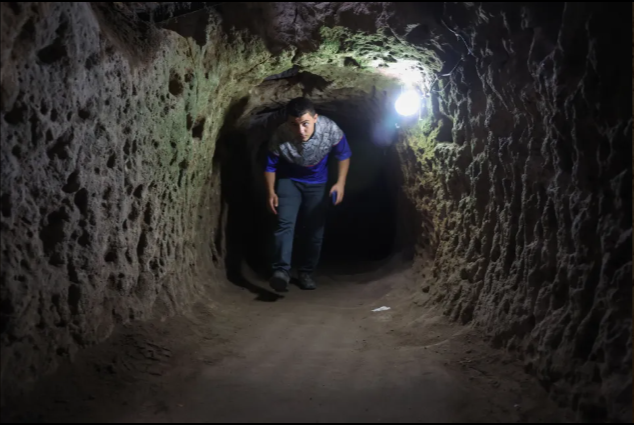
A man discovered the largest ancient underground city in the world while chasing runaway poultry in his home in the Turkish city of Cappadocia.
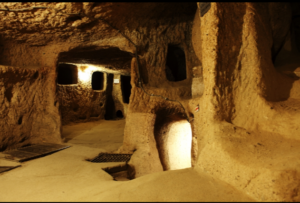
According to the British newspaper The Sun, it is believed that the discovered city known as Elengubu once housed up to 20,000 people and their animals.
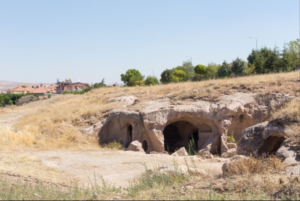
The Sun’s report stated the man was chasing fleeing chickens through the basement of his home, which was undergoing renovation, before they crept through a hole in the wall.

The owner of the house had to tear the wall down, leading him into a dark tunnel behind. There he found a wall that inadvertently led him to one of the most incredible accidental historical discoveries in centuries.
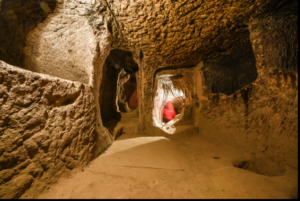
Researchers found that the narrow tunnels were designed to force the intruders to descend to a lower level, and they also uncovered 18 layers of tunnels with different facilities.
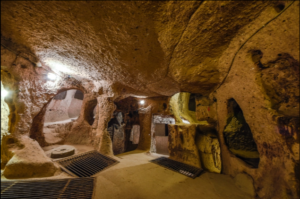
The researchers noted that half-ton boulders guarded the doors with a spear hole to attack any trespassers.
When the Christians got to Cappadocia and discovered the city, they expanded and modified its existing structures by adding churches, schools, wineries, and other chambers that suited their needs, the experts added.
It is speculated that the subterranean city was primarily used to store goods, before being reused as a hideout from foreign invaders.
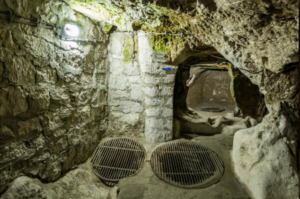
The researchers revealed that the secret city was equipped with a ventilation system that provided its residents with a continuous flow of fresh air and water, and that more than 50 ventilation holes allowing natural air flow were distributed throughout.
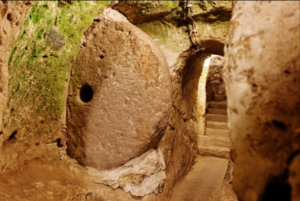
A guide told the BBC: “Life underground was probably very difficult. The residents relieved themselves in sealed clay jars, lived by torchlight and disposed of dead bodies in [designated] areas.”
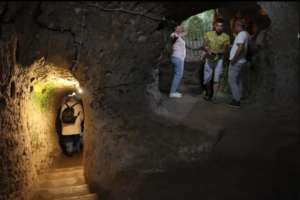
The city, now known today as Derinkuyu, is estimated to have been built in either the 15th century BC or seventh century BC, according to experts at Made In Turkey.
But ancient writings all over the buried city dating back to 370BC suggest that it may have existed before that.
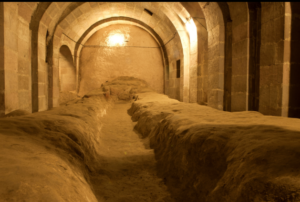
The Turkish experts say that despite disagreement on the architects of the town, there is a general consensus that the underground metropolis served to hide its inhabitants from their enemies.
This purpose was especially crucial during the Byzantine era when Christians were fleeing from Roman persecutors.




